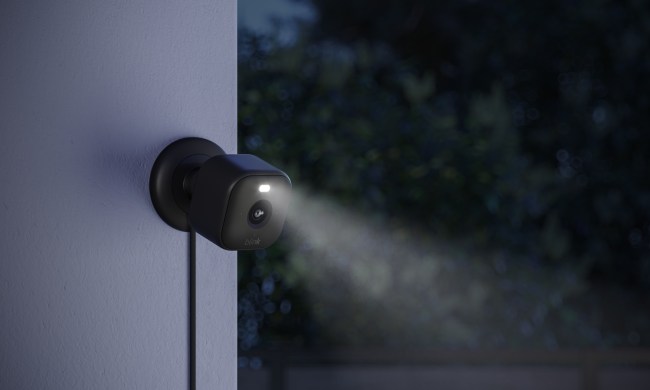Alexa’s ability to answer nearly any question thrown her way is already astounding, but now the smart assistant is growing even smarter.
The way Alexa has worked so far is by searching for specific keywords in the questions posed and answering based on that. This is known as domain classification. However, if someone begins to ask a question and then changes what they want to ask, Alexa may reply with a nonsense response. This is called an out of domain response. Alexa sometimes gives answers to these questions despite not having an answer, a process called false acceptance. According to Young Bum-Kim, one of the members of the Alexa team, “In our experiments, that rate ranged from 1 to 6 percent. But for each target rate, we trained and retrained the network, adjusting the relative weight of the two error metrics each time, until it met the target rate precisely.”
Due to the rate of false acceptance and the way these results disrupted Alexa’s natural-language-understanding process, the Alexa team began to put together data based on voice input from users. They split this data into two sections based on previously recognized domains and on 1,500 frequent Alexa skills.
The researchers then took this information and fed it into a computer model called a bidirectional long short-term memory architecture, or Bi-LSTM. In layman’s terms, this architectural system allows Alexa to better map the given input to the proper response. In time, this system will allow Alexa to learn more and distinguish between when you’re just thinking out loud and when you use the wrong wording for a question.
The Bi-LSTM improvements increased Alexa’s voice recognition by 6 percent for any given term. When the researchers applied the second data set, recognition of previously established domains increased from 83.7 to 90.4 percent.
The team is presenting its findings in a paper at the Interspeech event this year. In time, small improvements like this may lead to better overall language processing for all smart assistants, not just Alexa. In the meantime, users can expect regular updates that will help improve Alexa’s performance and ensure A.I. recognizes almost everything you say.


